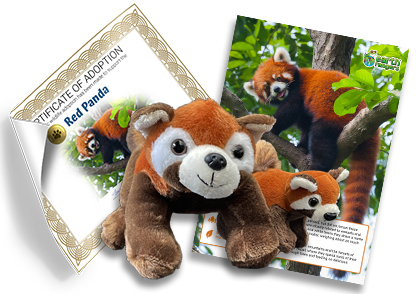Use the decoder key to find out the punchline to these hilarious badger jokes!
Joke 1: What did the badger say about its new home?


Find out the answer!
Joke 2: Where does a badger keep its clothes?


Use the decoder key to find out the punchline to these hilarious badger jokes!




We need your help! This animal is trying to tell us something but we can’t figure it out! Do you know what this American badger is thinking?
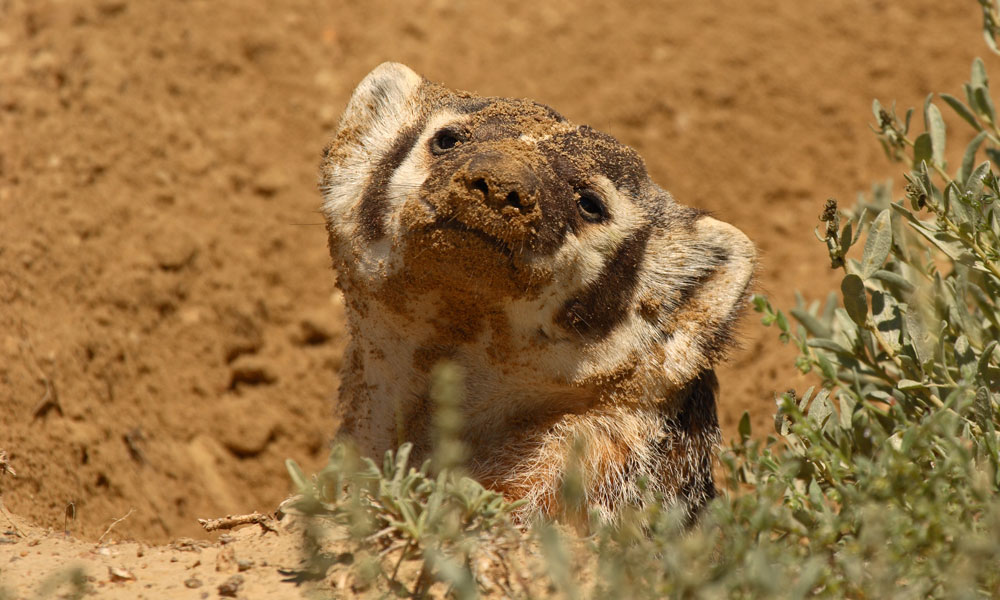
Head to the Adoptions Section in the App or visit the Earth Rangers Shop! Get an Earth Rangers Field Notes Notebook FREE with a Plush Adoption Kit until April 30.

When it comes to tunneling, American badgers put everyone to shame! Their epic underground burrows are a maze of tunnels and dens, which is where they sleep and spend a lot of their time. Then, when the badgers are done with them, they are perfect for a rabbit or fox to take over. It’s time to channel your inner badgers because for this Eco-Activity, we’re building a badger den!

Instructions
1. Set up the walls of your den. They can be made out of couch cushions, chairs, or even just a table that you can sit under.
2. Hang the blankets over the walls. If your blankets are too small, you can use clothespins to keep them together.
3. Grab some comfy blankets and pillows and set up the inside of your den. Make sure it’s super cozy!
4. Your den is ready! Head inside and hangout: read a badger blog post, watch a badger video, or take a nap to get the full badger experience.


North America isn’t the only place lucky enough to have badgers. They are found all over the world! Let’s take a quick trip to meet some of our favourite species!
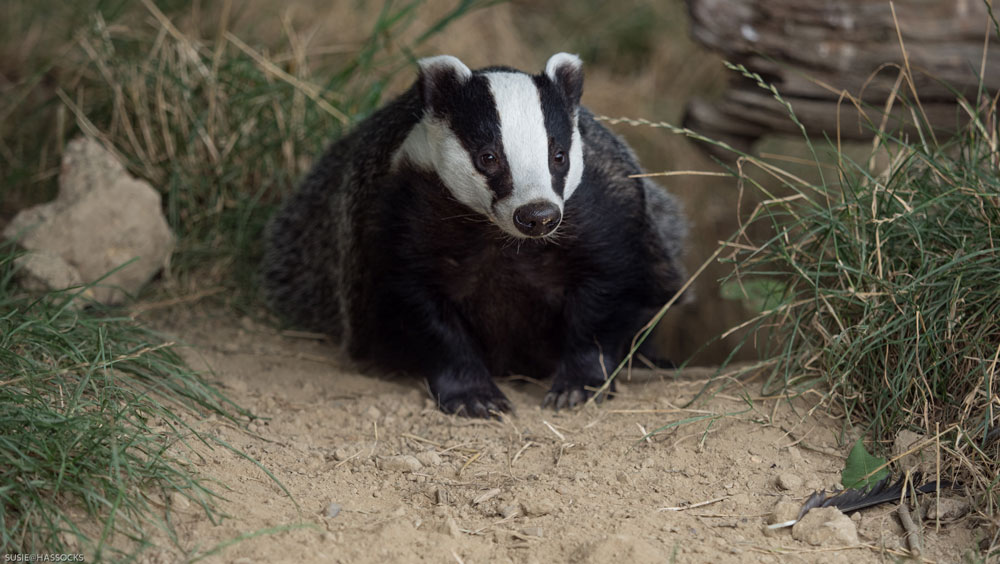
European badgers are found throughout most of Europe.
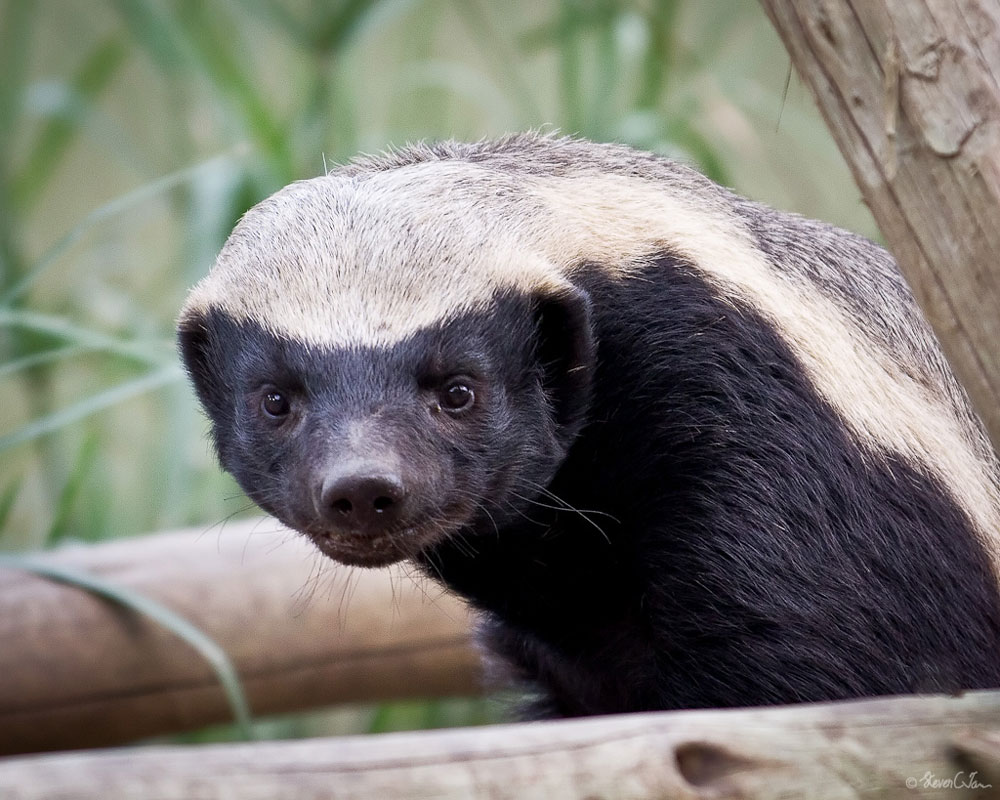
Honey badgers are found in parts of Africa, Saudi Arabia, Iran, and western Asia.
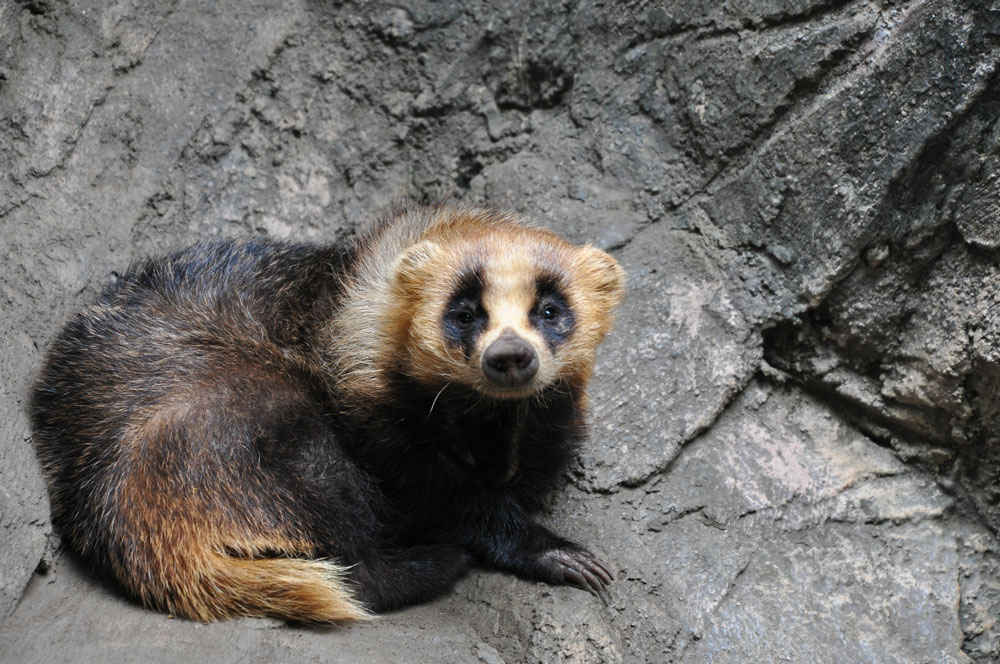
Japanese badgers are only found in Japan.
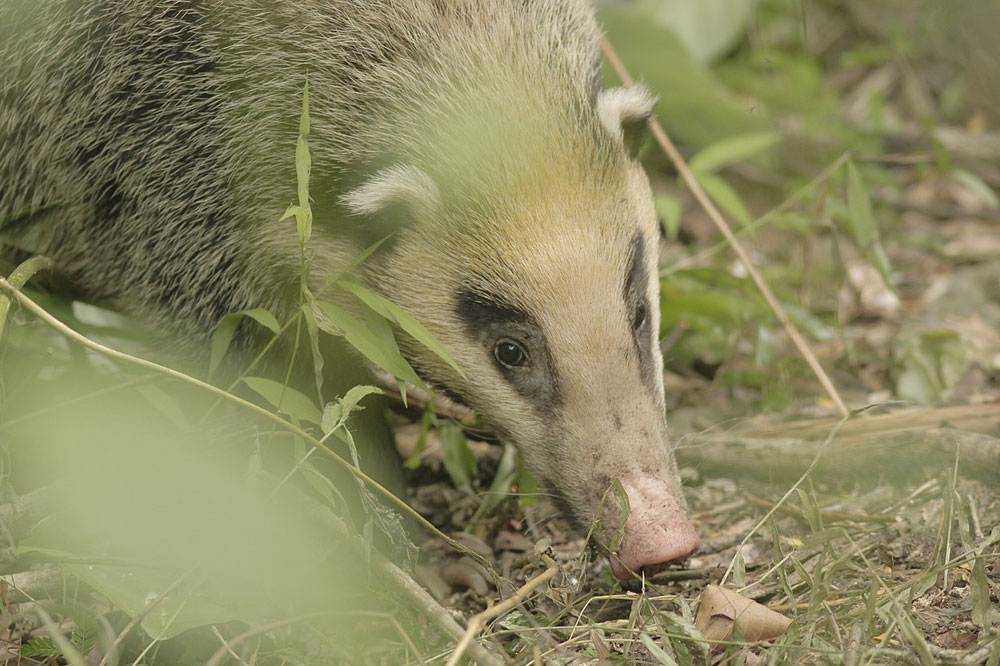
Hog badgers are found in eastern India, central and southern China, Myanmar, Thailand, Vietnam, Laos, Cambodia and Sumatra.
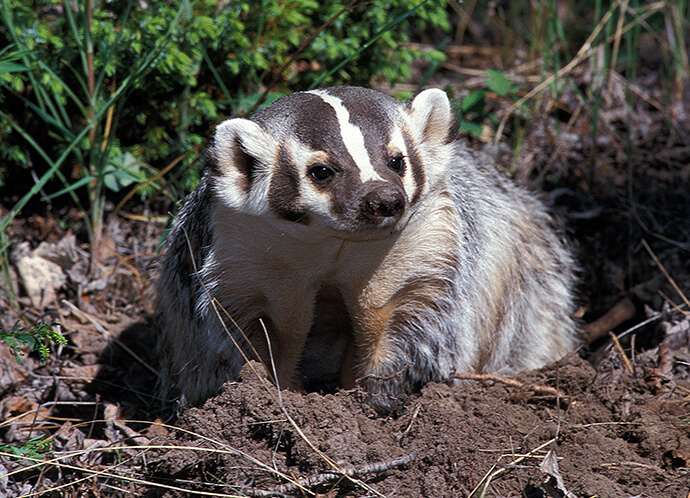
American badgers are found in parts of Mexico, USA and Canada.
Head to the Adoptions Section in the App or visit the Earth Rangers Shop! Get an Earth Rangers Field Notes Notebook FREE with a Plush Adoption Kit until April 30.

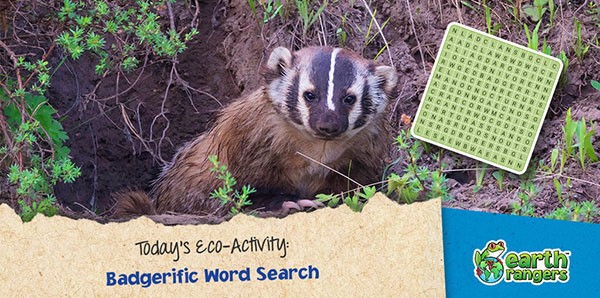
American badgers are feisty creatures with amazing digging skills, but what else do you know about them? Brush up on your badger facts with today’s Eco-Activity! Read about them in the paragraph below, and try to find all the red words in the word search.
American badgers are members of the weasel family, and their babies are called cubs. They’re carnivores and when hungry, they love to snack on rodents like mice and voles. They’re nocturnal, which means they’re awake at night, and they have long snouts and sharp claws. They call the grassland home where the soil is loose and great for digging their burrows.


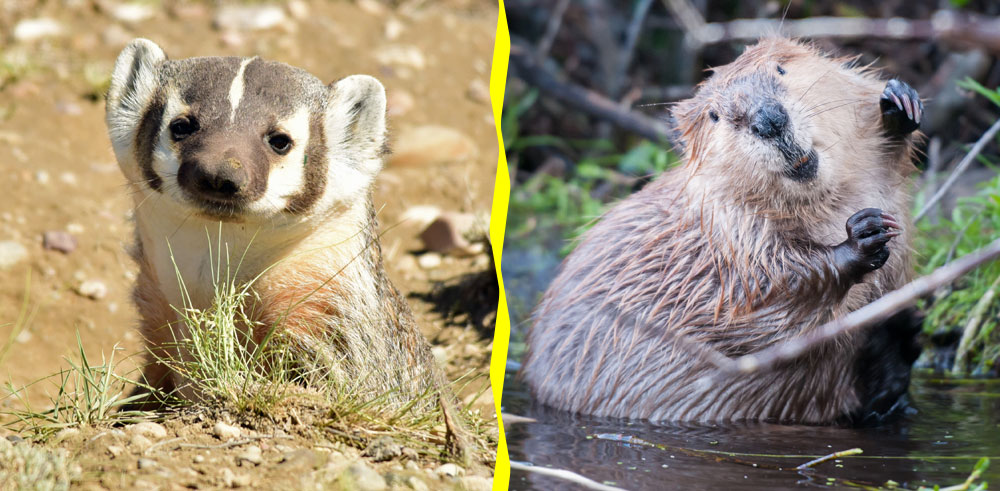
Head to the Adoptions Section in the App or visit the Earth Rangers Shop! Get an Earth Rangers Field Notes Notebook FREE with a Plush Adoption Kit until April 30.

This week we’re shining a light on the American badger! Come back all week for badger crafts, games, facts and fun! First up, learn all about American badgers and why they need our help!
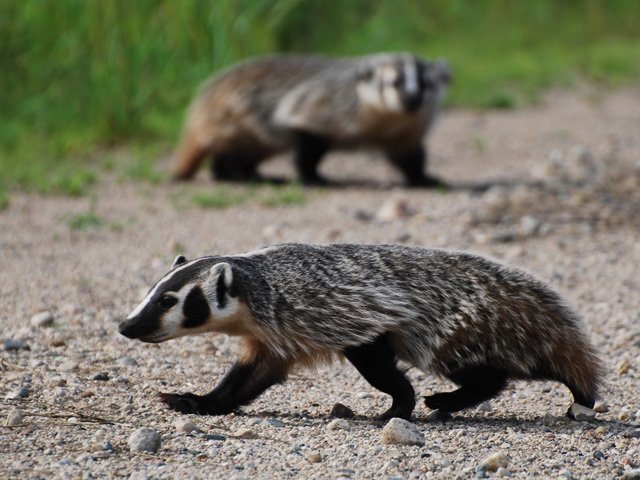
Head to the Adoptions Section in the App or visit the Earth Rangers Shop! Get an Earth Rangers Field Notes Notebook FREE with a Plush Adoption Kit until April 30.

Use the decoder key to find out the punchline to these hilarious narwhal jokes!




They may be called red pandas, but did you know these adorable animals are more closely related to weasels and raccoons than the black and white bears they share a name with? They’re also much smaller, weighing about as much as a medium-sized dog!
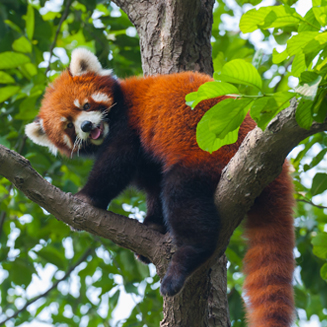
Making their homes in the Himalayan mountains and the forests of southern China and Nepal, red pandas are secretive, mostly solitary creatures. They spend most of their days climbing through trees and feeding on delicious bamboo. In fact, they are such big fans of bamboo that their bodies are actually BUILT to eat it! They have what’s known as a false thumb, which is actually a bone in their wrist that is bigger than normal and functions like a bendable thumb – pretty handy for their bamboo buffet!
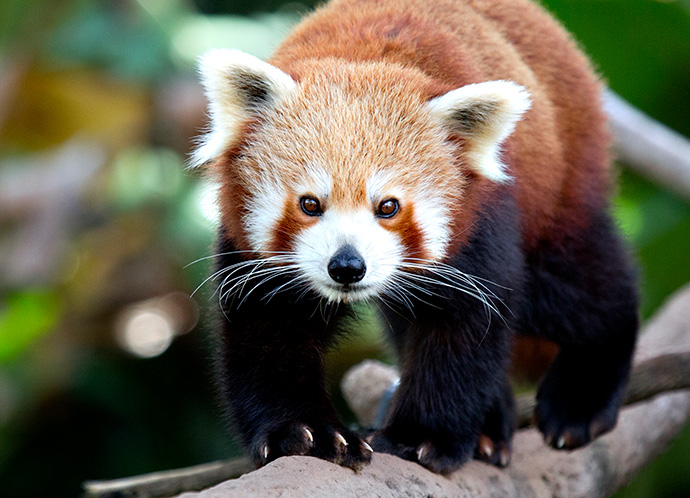
Despite living in such remote locations, the habitat the red panda relies on is under threat. Deforestation means there is less land available for the red panda to live in, and it also makes it harder for it to move safely from one patch of habitat to another. Combined with the continued threat of poaching, there are only an estimated 10,000 red pandas left in the wild. That’s why these Endangered animals need your help!
Earth Rangers is working with the International Conservation Fund of Canada (ICFC), the Youssef-Warren Foundation, and the Red Panda Network on a project that will help train and support local communities in conserving red panda populations and their forest habitat in Nepal. Since their habitat is so remote, conservation work would be almost impossible without the help of the people that share their homes with these amazing animals – like the Forest Guardians! These are a group of incredible people dedicated to working together to protect what’s left of Nepal’s red panda populations. From learning about these amazing animals and why it’s so important to protect them, to setting up monitoring programs and anti-poaching initiatives in forests across western Nepal, the Forest Guardians – and you! – are helping to give the red panda a safe place to call home for years to come!
Head to the Adoptions Section in the Earth Rangers App or visit the Earth Rangers Shop to get your Adoption Kit and help make a difference today!
